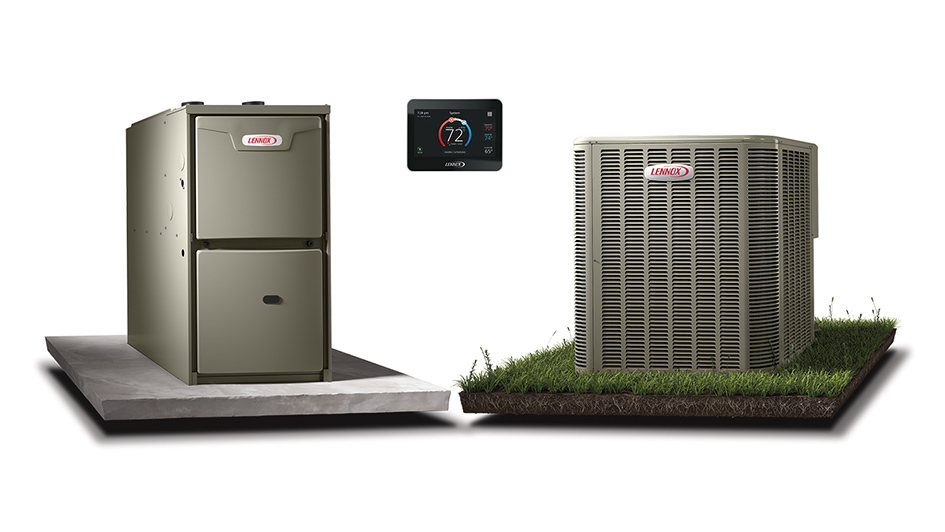
The thought of running both a furnace and heat pump might sound a bit odd at first. After all, why would you need two heaters? Even though furnaces and heat pumps both deliver energy-efficient heat, the differences in their design actually make employing both of them a reasonable option. It’s not for everybody, but in the right conditions you can truly benefit from owning a furnace and a heat pump.
You should think about several factors in order to determine if this kind of setup suits you. Your local climate and the size of your home are both especially important, particularly for the heat pump. This is because multiple models of heat pumps begin to work less effectively in colder weather and larger homes. That being said, you can still reap the benefits of heat pump installation in Ames.
Heat Pumps May Be Less Effective in Winter Weather
Heat pumps are generally less effective in cold weather because of how they create climate control to start with. Unlike furnaces, which ignite fuel to generate heat, a heat pump reverses its flow of refrigerant to extract heat from outdoor air. This heat is then pulled inside and circulated throughout your home. Assuming there is still a little heat energy in the air, a heat pump can function. But the cooler the temperature, the less effective this process is.
The less heat energy is available outside, the more time is needed for a heat pump to pull heat indoors to reach your desired temperature. It can depend on the type of make and model, but heat pumps may start to lose out on efficiency at temperatures of 40 degrees and colder. They should still be an energy-efficient option until 20-25 degrees, at which point a gas furnace is more effective.
What Temperatures Do Heat Pumps Run Best In?
Heat pumps function best in moderate climates 40 degrees and up. That said, you don’t have to lose out on the benefits of a heat pump just because the local climate is cooler. As a matter of fact, that’s why owning both a furnace and heat pump can be worth the costs. You can keep the heat pump for energy-efficient heat until the weather is chilly enough to call for swapping to something like a gas furnace.
Certain makes and models feature greater efficiency in cooler weather. For example, the Lennox MLA heat pump is capable of working at 100% capacity at 0°F. It can even continue running in temperatures as extreme as -22°F. For maximum energy efficiency, you’ll likely still want to swap to the furnace in severely cold weather.
So Should I Put in a Heat Pump if I Have a Gas Furnace?
If you’re interested in maintaining the most energy-efficient HVAC system available, installing a heat pump and gas furnace at the same time is worth the investment. Not only is a dual-heating system versatile, but it offers other benefits like:
- A source of backup heating – A redundant heating system means even if one breaks down, you still have the ability to heat your home. It might not be the most energy efficient, but it’s better than shivering in an unheated home while you hold out for repairs.
- Reduced energy costs – The ability to choose which heating system you use depending on the highest energy efficiency reduces your total costs. Smaller heating bills over the lifetime of these heaters can really add up to lots of savings.
- Less strain on both systems – Compared to running one system all winter long, heating responsibilities are divided between the furnace and heat pump. Crucial components may last longer since they’re not under continuous use.
If you’re still hesitant about heat pump installation in Ames, don’t hesitate to contact your local expert technicians. They can walk you through your home’s comfort needs and help you determine if a dual-heating HVAC system is the right option.
